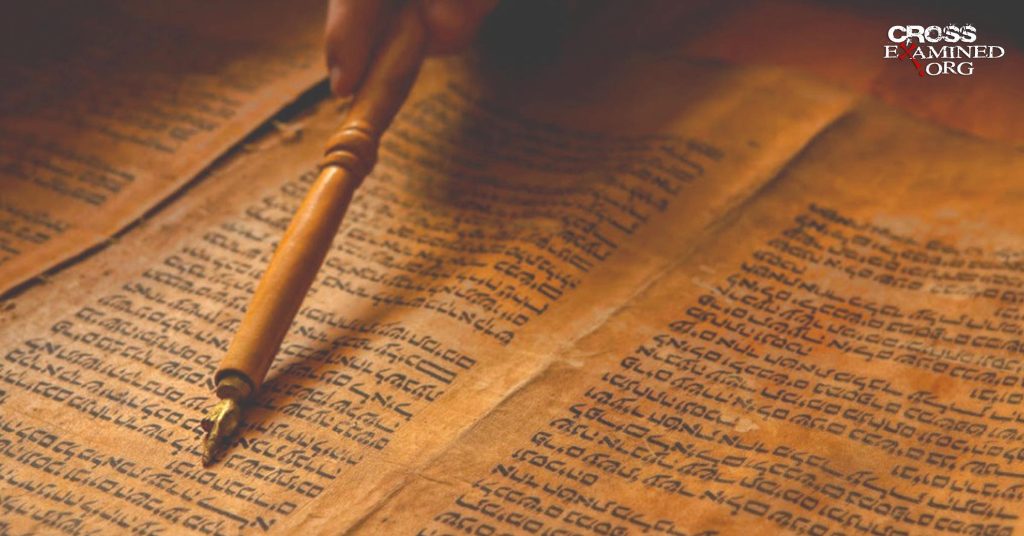The ThreeFold Old Testament Canon

We are currently looking at the concept of the canon of Scripture. Last week we looked at the growth of the Old Testament canon with the inclusion of the prophets and the writings. Today, we will look at how the Hebrew canon was broken into three parts – the Law, the Prophets, and the Writings.
Many Christians may have heard of the Tanak – another name for what we call the Old Testament. This word is actually an acronym for the three major parts of the Old Testament canon:
T – Torah (Law)
N – Nevi’im (Prophets)
K – Ketuvim (Writings)
This division of the Hebrew Old Testament is ancient. Jesus Himself alludes to it in Luke 24:44 “This is what I told you while I was still with you: Everything must be fulfilled that is written about me in the Law of Moses, the Prophets and the Psalms.” We clearly see the Law and the Prophets. Jesus uses the title ‘Psalms’ because it was the first, largest, and most important book of the writings.
Nor was Jesus the first to use this breakdown. In the Prologue of Ecclesiasticus (2nd century BC) we read “Whereas many and great things have been delivered unto us by the law and the prophets, and by others that have followed their steps, for the which things Israel ought to be commended for learning and wisdom… my grandfather Jesus, when he had much given himself to the reading of the law, and the prophets, and other books of our fathers, and had gotten therein good judgment, was drawn on also himself to write something pertaining to learning and wisdom…. and not only these things, but the law itself, and the prophets, and the rest of the books, have no small difference, when they are spoken in their own language.” Once again, we see the Law and the Prophets clearly. Also, we again see that the third group – the writings – are referred to in various ways – other books of our fathers, the rest of the books. This is because the ‘writings’ are composed of a great variety of literature and less easily grouped. However, it is clear that even two centuries before Jesus’ time this threefold division of the Old Testament was known.
Furthermore, Josephus, who wrote in the 1st century AD (after Jesus’ death) wrote “For we have not an innumerable multitude of books among us, disagreeing from and contradicting one another, [as the Greeks have,] but only twenty-two books, which contain the records of all the past times; which are justly believed to be divine; and of them five belong to Moses, which contain his laws and the traditions of the origin of mankind till his death. This interval of time was little short of three thousand years; but as to the time from the death of Moses till the reign of Artaxerxes king of Persia, who reigned after Xerxes, the prophets, who were after Moses, wrote down what was done in their times in thirteen books. The remaining four books contain hymns to God, and precepts for the conduct of human life.” Josephus, Against Apion 1:8 (note that certain books are counted as one by the Jews – 1 & 2 Samuel, 1 & 2 Kings, etc., which is why he counts 22 books where we have 39.) Notice the same three divisions – the books of Moses (Law), the Prophets, and “the remaining books” which “contain hymns to God, and precepts for conduct of human life” – a clear reference to Psalms and Proverbs, the largest of these books.
Thus we see that the Old Testament canon was divided into these three major portions – the Law, the Prophets, and the Writings. Next week we will look at which books were included in each section.
In Christ,
Bret
